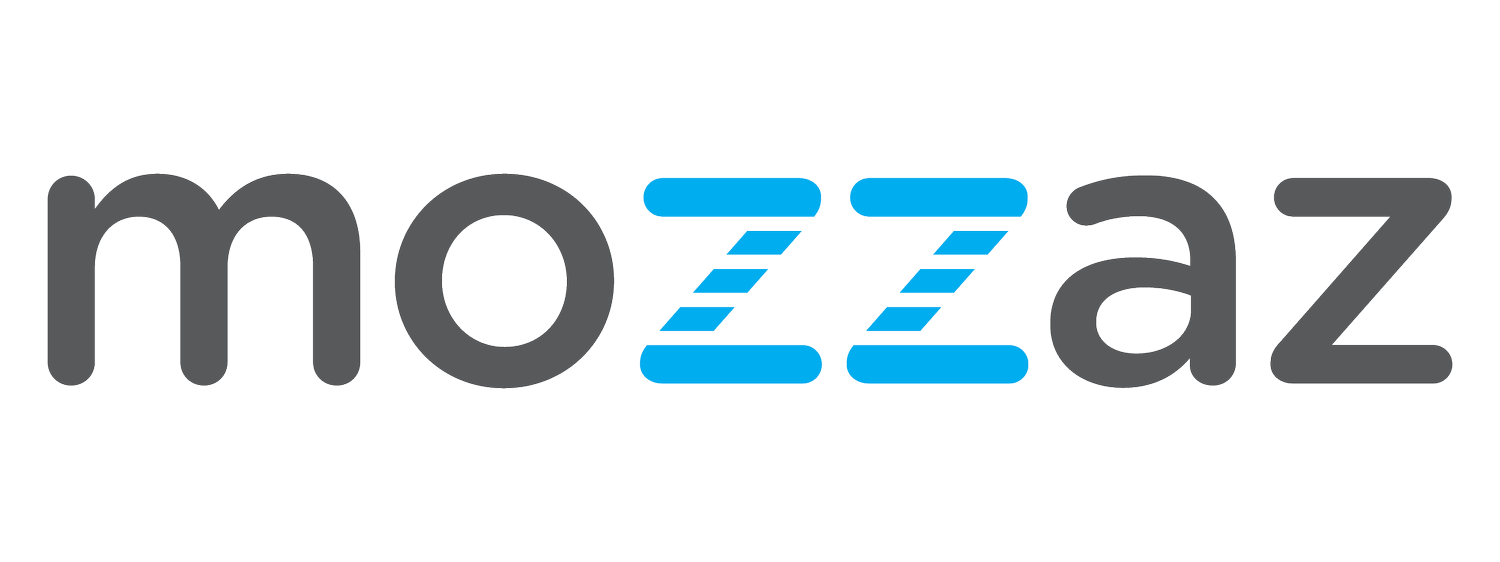Benefits of Remote Patient Monitoring
Today’s technology has enabled all types of innovation across the healthcare industry. No longer are doctors restricted to the information they collect during in-person visits alone. Telehealth technologies, mobile applications, and devices allow for constant connection between providers and those they care for, allowing increased access for individuals seeking medical care.
One of the most talked about technologies as a piece of this new and exciting medical frontier is remote patient monitoring (RPM). This process involves the continuous collection of patient data from a medical device, transmitted electronically to providers for monitoring and intervention. Remote patient monitoring is proving its ability to improve health outcomes across a variety of conditions and patient populations. Additionally, the benefits of remote monitoring in healthcare are numerous for providers.
How Remote Patient Monitoring Helps Providers
Why is remote patient monitoring important for a practice to implement? As it turns out, there are several reasons RPM can and should be part of any modern healthcare organization. Here is a list of just some of the many advantages of remote patient monitoring for doctors and their teams:
Increased Engagement
An engaged patient is a healthier patient. Under traditional models of care, it is far too easy for patients to stray from their treatment plans or lose track of their goals. Fortunately, one of many remote patient monitoring benefits is that it can boost engagement. Consistent monitoring empowers individuals to be more involved in their own care and understand how their conditions are progressing.
Greater Efficiency
Healthcare providers must do the best they can to appropriately allocate their time and resources. By monitoring eligible patients remotely, they can provide more frequent care and guidance without necessarily setting up an in-person appointment. For example, doctors can receive an alert when a patient suffering from hypertension experiences a spike in blood pressure. Staff can then reach out via text, phone call or email to check in and offer advice. This puts less strain on an office’s operation than scheduling visits for every step along the way.
Better Personalization
It may sound counter-intuitive, but being able to monitor patients from a distance can lead to more personalized care. By providing doctors and caregivers with a steady stream of information 24/7 about a person’s condition, they can get a more comprehensive picture of how that patient is progressing. This means that every interaction between a doctor and a patient becomes that much more impactful. By incorporating other elements of telehealth — such as video conferencing — a doctor and patient can initiate a quick chat virtually any time to discuss the plan going forward. The result is treatment with a higher degree of personalization and direct interaction.
Decreased Adverse Events
During an RPM program, individuals are constantly tracking vitals that are key health indicators. With this valuable information more readily available for individuals and their providers, it’s easier to identify red flags before they become problematic. As a result, those leveraging RPM across their patient population are seeing a reduction in readmissions and lower ED utilization rates, proving that these insights can drive timely interventions that keep individuals out of the hospital.
Chronic Care Improvements
Those who suffer from chronic conditions — such as diabetes or elevated blood pressure — can be cared for with greater ease thanks to remote patient monitoring. For instance, doctors can receive constant updates on someone’s blood glucose levels, so they can intervene before an adverse event occurs. Those receiving care may also find it easier to take the appropriate steps to adjust their lifestyles because they can see how they are doing in real-time. Overall, these improvements could lead to better outcomes and higher levels of patient satisfaction, which in turn means a more successful practice.
Remote patient monitoring has a lot to offer providers, as well as the people they treat. If you are considering adding these capabilities to your practice, Mozzaz can help. Adding remote patient monitoring to your operations can bring a host of benefits that could lead to better results in every aspect of your practice. To learn more about how our solutions can help you, click here.

